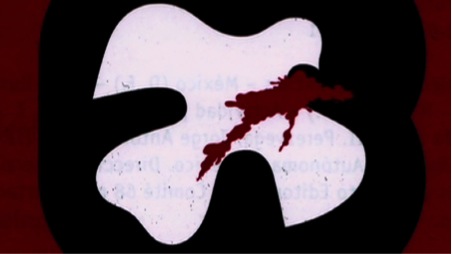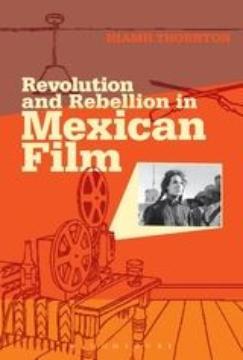Specular Ghosts: Memory and trauma in Mexican visual culture
Ghosts of the recent past continue to maintain a presence that shifts, performs for and dominates the public imaginary in many countries across Latin America. Whilst this has been undertaken, albeit inconsistently, in many countries such as Uruguay, Argentina and Guatemala, Mexico remains challenged in its engagement with this process.
Background
During the past century the Mexican nation has experienced periods of significant political and social unrest where lives have been lost amidst a context of conflict and violence. Of particular note are:
- The Revolution (1910-1920)
- Student unrest and massacre at the Plaza de Tlatelolco in 1968
- The subsequent dirty war of the 1970s
- The EZLN uprising in Chiapas (1994–present).
In addition, the current Drug Wars have also seen the tarnishing of the country’s external image and continue to dominate political debate. Within this climate Mexican filmmakers, artists, photographers, designers, performance artists and painters turn to address the traumatic events of the past and present, choosing to represent these insights through a variety of visual media. This project assesses the cultural outputs emerging from the chaos and disorder of both past and present traumas as indicators of a process of mourning, re-appropriation and possible enlightenment.

Poster by Mexican Students post-1968 massacre
The project
The two lead researchers are (University of Liverpool) and Miriam Haddu, (Royal Holloway, University of London), who have published on Mexican film and visual cultures. They successfully obtained funding from the Institute of Latin American Studies for a one-day symposium which took place on 12 September 2014 in Senate House. This provided an opportunity for discussion between British, Irish, and Mexican scholars in different disciplines working on a similar theme covering an extended period from the early 20century to the present day.

In 2013, Niamh published Revolution and Rebellion in Mexican Film, which examines Mexican films of political conflict from the early studio Revolutionary films of the 1930 to 1950s up to the campaigning Zapatista films of the 2000s. Mapping this evolution out for the first time, Niamh takes three key events under consideration:
- The Mexican Revolution (1910-1920)
- The student movement and massacre in 1968
- The Zapatista Rebellion (1994-present).
These conflicts have been an important component of Mexican film since its inception and include studio productions, documentaries, and independent films.
It is an important contribution to the understanding of the Mexican cinematic imagination and societal realm
- Fernando Facio Sanchez, Assistant Professor of Spanish, California Polytechnic State University
Emily Hind, Associate Professor of Spanish at the University of Wyoming, US, has said of Niamh’s book: “A breathtakingly authoritative review of Mexican film that covers the major titles as well as lesser-known but significant works, Niamh Thornton's agile history takes the Mexican Revolution as an organizational principle and expands in multiple directions to provide a solid and entertaining foundation for the beginner and a nuanced, women-sensitive analysis for the specialist. From stars María Félix to subcomandante Marcos, from the original Villa and Zapata to their strangest filmic incarnations, this book has it all-including treatment of the appalling massacres of the late 1960s and early 1970s.”
Public engagement and future work
The aim of this project is to build greater engagement with the traumatic past in Mexican visual cultures. This first strand will be developed further in future years in the following ways:
- There will be an edited collection, due for publication in Autumn 2016
- Some of the material considered will be exhibited in collaboration with museums, universities and artists
- Further funding will be sought to support dissemination, exhibitions and discussions.
For more detail and updates, please visit the Project website.